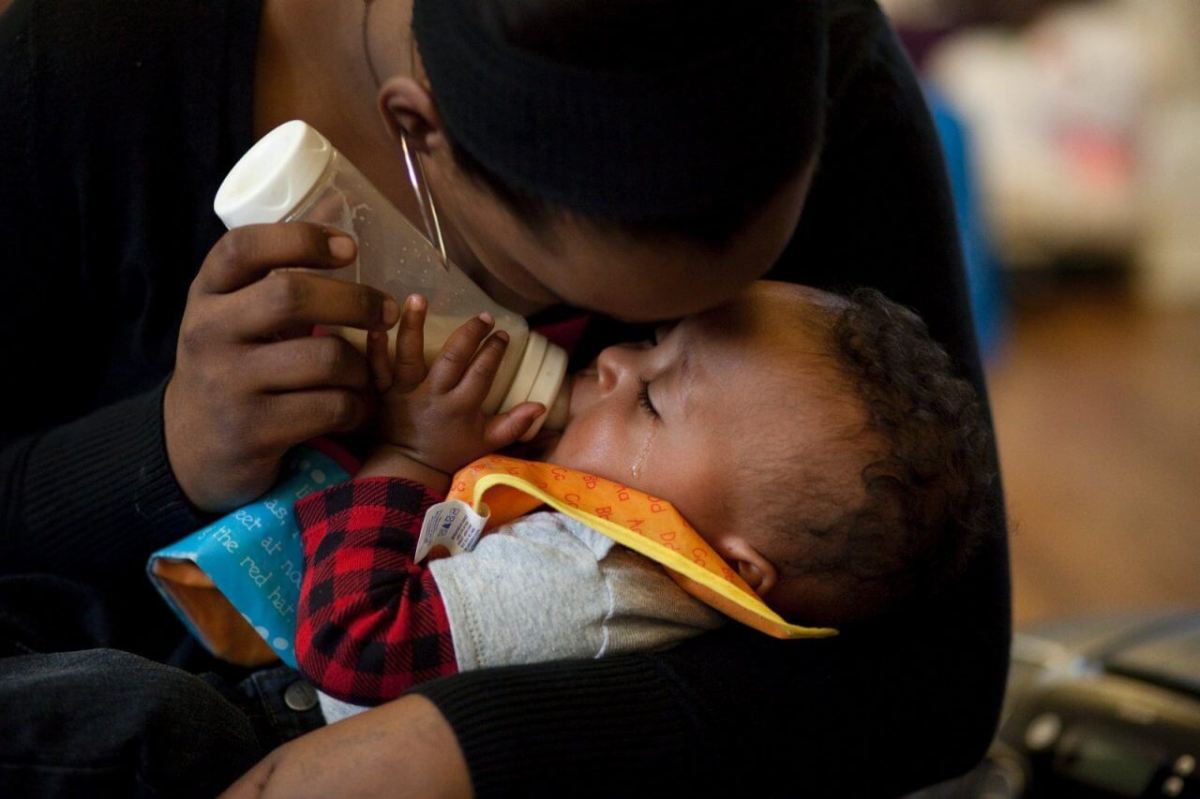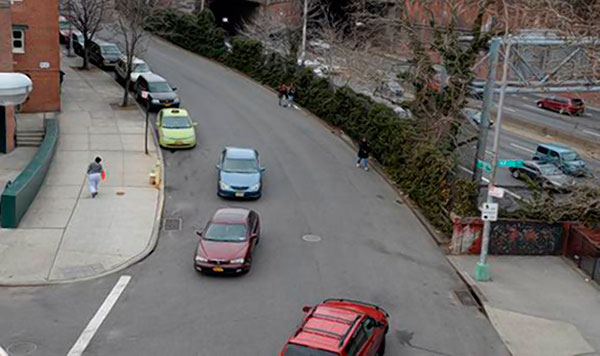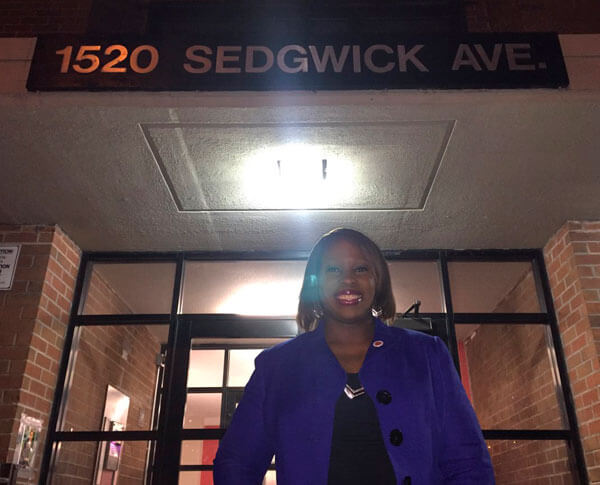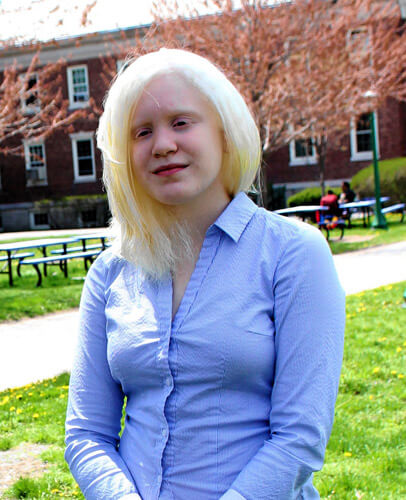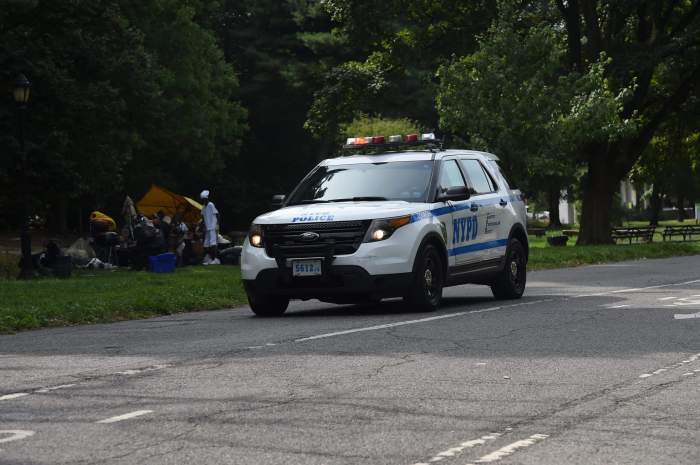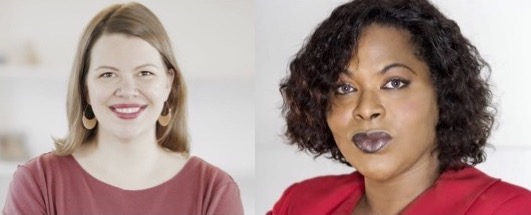Despite New York state having some of the highest rates of maternal mortality in the country, only two birth centers exist in New York City.
And even though the Bronx has the second-highest rate of negative maternal health outcomes — where sections like Williamsbridge see 100 cases of severe maternal morbidity for every maternal death — the borough lacks significant maternal health systems. It’s Bronx Borough President Vanessa Gibson’s personal mission to fix that.
The Bronx beep told the Bronx Times she’s exploring avenues to bring the borough a birthing center, in addition to other resources that can improve birthing outcomes for Bronx mothers.
There has been a birthing center that was art of Morris Heights Health Center by 85 West Burnside Ave and was called the Women’s Health and Birthing Pavilion, but it has since shut down, a reader informed the Bronx Times on Wednesday.
In New York state alone, about 20 people die per 100,000 live births, and those in the Black community are more than twice as likely to experience life-threatening complications during or after childbirth and more than nine times as likely to die from adverse pregnancy outcomes.
“So when you see data, and you look neighborhood by neighborhood, and you see high alarming rates (of maternal morbidity), I think about all the Black and Latino women behind those numbers, that look like me and look like my deputy (Janet Peguero),” said Gibson, who took office in 2022. “We cannot accept that Black and Latino women are more likely to die during childbirth. It’s not acceptable. I will not accept it as Borough President and as a Black woman, myself.”
It’s not just Black mothers imperiled in the delivery room, however, as more than 50,000 women in the U.S. are harmed giving birth each year, according to the Centers for Disease Control and Prevention. Overall, New Yorkers have high rates of serious complications related to childbirth, but Black, Latino and Asian women are more likely to experience those complications, and also to die as a result of pregnancy-related causes.
Roughly 29% of those worst maternal health outcomes occur in the Bronx, second-highest in the state behind Brooklyn (33%), according to state health data. New York State has three of the nation’s 400 birth centers, with two New York City-based locations in Brooklyn.
Data from CDC suggests that 8 out of 10 (84%) pregnancy-related deaths are preventable.
Gibson says her office has been working on developing a “holistic” birthing center for more than a year, and future locations will depend on neighborhoods with high maternal mortality rates, the availability of vacant city-owned land and ease of transit access for Bronxites.

Gibson also wants the Bronx’s maternal health network to include midwifery and doula services. In New York City, there are roughly 20 independent home-birth midwifery practices to handle a high volume number of requests for out-of-hospital births.
Doula services have been shown to greatly reduce poor health outcomes for birthing individuals and their infants by offering crucial emotional and physical support before, after and during childbirth. Bronx Health Link, Inc. is currently one of a few organizations in the borough that offer doula support to birthing individuals.
Last August, the City Council passed a legislative package requiring the city’s health department to post its annual Maternal Mortality and Morbidity Report on its website and to provide doula services to low-income communities across the five boroughs.
“A lot of it is about access to education and outreach and really making sure that we work with credible messengers and that a lot of our doulas and midwives are women of color and giving them a real chance at supporting these mothers and expecting mothers and birthing individuals,” said Gibson.
In a letter to Gov. Kathy Hochul, Gibson touted a slew of legislative avenues that could increase maternal health outcomes, such as bills that would create a public community doula directory through the state’s health department and require health insurance policies to include coverage for doula services as part of required maternity care coverage.
In 2001, NYC had four freestanding birth centers, but closures to locations such as SoHo Midwives, Elizabeth Seton Childbearing Center in the early aughts set a trend of gradual closures to other birthing centers and midwifery programs in the later decade.
This past year, despite pushback from Montefiore nurses, admins at the hospital ended its Nurse-Family Partnership program, which nurses say was detecting postpartum complications such as preeclampsia, postpartum depression, wound infections and developing breastfeeding methods for young and at-risk mothers.
In addition to battling poor maternal health outcomes, the Bronx also low rates of post-hospital breastfeeding.
This article was updated at 12:17 p.m. on April 25 to include information regarding former birthing center sites.

